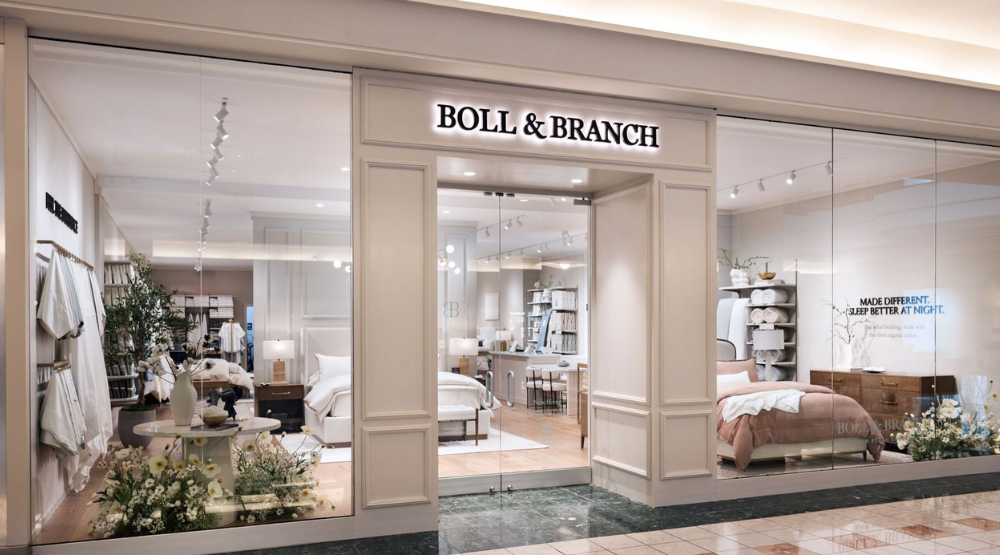Consumer Confidence breaks 5-month decline streak

NEW YORK – The Conference Board Consumer Confidence Index increased by 12.3 points in May to 98.0, up from 85.7 in April. The Present Situation Index – based on consumers’ assessment of current business and labor market conditions – rose 4.8 points to 135.9. The Expectations Index – based on consumers’ short-term outlook for income, business and labor market conditions – surged 17.4 points to 72.8, but remained below the threshold of 80, which typically signals a recession ahead.
“Consumer confidence improved in May after five consecutive months of decline,” said Stephanie Guichard, senior economist, global indicators at the Conference Board. “The rebound was already visible before the May 12 US-China trade deal, but gained momentum afterwards. The monthly improvement was largely driven by consumer expectations as all three components of the Expectations Index – business conditions, employment prospects, and future income – rose from their April lows.
May’s rebound in confidence was broad-based across all age groups and all income groups. It was also shared across all political affiliations, with the strongest improvements among Republicans. However, on a six-month moving average basis, confidence in all age and income groups was still down due to previous monthly declines.
“Consumers were less pessimistic about business conditions and job availability over the next six months and regained optimism about future income prospects,” said Guichard. “Consumers’ assessments of the present situation also improved. However, while consumers were more positive about current business conditions than last month, their appraisal of current job availability weakened for the fifth consecutive month.”
Write-in responses on what topics are affecting views of the economy revealed that tariffs are still on the top of consumers’ minds. Notably, consumers continued to express concerns about tariffs increasing prices and having negative impacts on the economy, but some also expressed hopes that the announced and future trade deals could support economic activity. While inflation and high prices remained an important concern for consumers in May, there were also some mentions of easing inflation and lower gas prices.
Overall, consumers’ views of their Family’s Current and Future Financial Situations improved. The share of consumers expecting a recession over the next 12 months declined. Consumers’ expectations for interest rates ahead were little changed, while average 12-month inflation expectations eased to 6.5 percent after spiking at 7 percent in April.
Compared to April, purchasing plans for homes and cars and vacation intentions increased notably, with some significant gains after May 12. Plans to buy big-ticket items – including appliances and electronics – were also up. Likewise, consumers’ intentions to purchase more services in the months ahead, with almost all service categories rising. Dining out remained number one among spending intentions, followed by streaming services, while plans to spend on movies, theater, live entertainment and sporting events increased the most over the last month.
In a special question, consumers were asked if they had changed their spending and financial behavior recently. More than a third, 36.7 percent, said they put money aside for future spending. Around a quarter of consumers dug into their savings to pay for goods and services, 26.6 percent, and postponed major purchases, 26 percent.
However, there were notable differences between income groups. Consumers in households making over $125K were more likely to say that they saved money, while less wealthy households were more likely to have dug into their savings or postponed purchases. In addition, only 19 percent indicated having advanced purchases ahead of tariffs, but that share was higher for consumers in wealthier households at 26 percent.
Below are some other points of interest from the May report:
Present Situation
Consumers’ assessments of current business conditions improved in May.
- 21.9 percent of consumers said business conditions were “good,” up from 19.2 percent in April.
- 14.0 percent said business conditions were “bad,” down from 16.3 percent.
Consumers’ views of the labor market weakened in May.
- 31.8 percent of consumers said jobs were “plentiful,” up slightly from 31.2 percent in April.
- 18.6 percent of consumers said jobs were “hard to get,” up from 17.5 percent.
Expectations Six Months Hence
Consumers were less pessimistic about future business conditions in May.
- 19.7 percent of consumers expected business conditions to improve, up from 15.9 percent in April.
- 26.7 percent expected business conditions to worsen, down from 34.9 percent.
Consumers’ outlook for the labor market was also less negative in May.
- 19.2 percent of consumers expected more jobs to be available, up from 13.9 percent in April.
- 26.6 percent anticipated fewer jobs, down from 32.4 percent.
Consumers’ outlook for their income prospects turned positive in May.
- 0 percent of consumers expected their incomes to increase, up from 15.9 percent in April.
- 8 percent expected their income to decrease, up from 17.7 percent.
Assessment of Family Finances and Recession Risk
- Consumers’ assessments of their Family’s Current Financial Situation improved in May.
- Consumers’ assessments of their Family’s Expected Financial Situation also improved.
- Consumers’ Perceived Likelihood of a US Recession over the Next 12 Months declined in May.
The cutoff date for preliminary results was May 19. About half of the responses were collected after the May 12 announcement of a pause on some tariffs on imports from China.















































